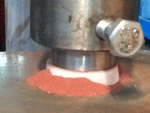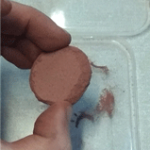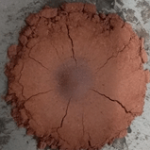Lunar ground motions can potentially become a hazard for structures or infrastructures on the Moon. Therefore, within this research theme we aspire to: (a) collect seismological recordings from the Moon which are publicly available; (b) identify usable ground motion recordings resulting from the two most pertinent types of lunar events (shallow moonquakes and meteorite impacts), and develop appropriate input motions for numerical analyses and experiments; (c) create a public online database of processed data for access by future designers, hosted on this website.
Future aspirations associated with this area are to facilitate the study of seismic hazard on the Moon, and potentially on Mars, depending on the data received from the InSight mission.








